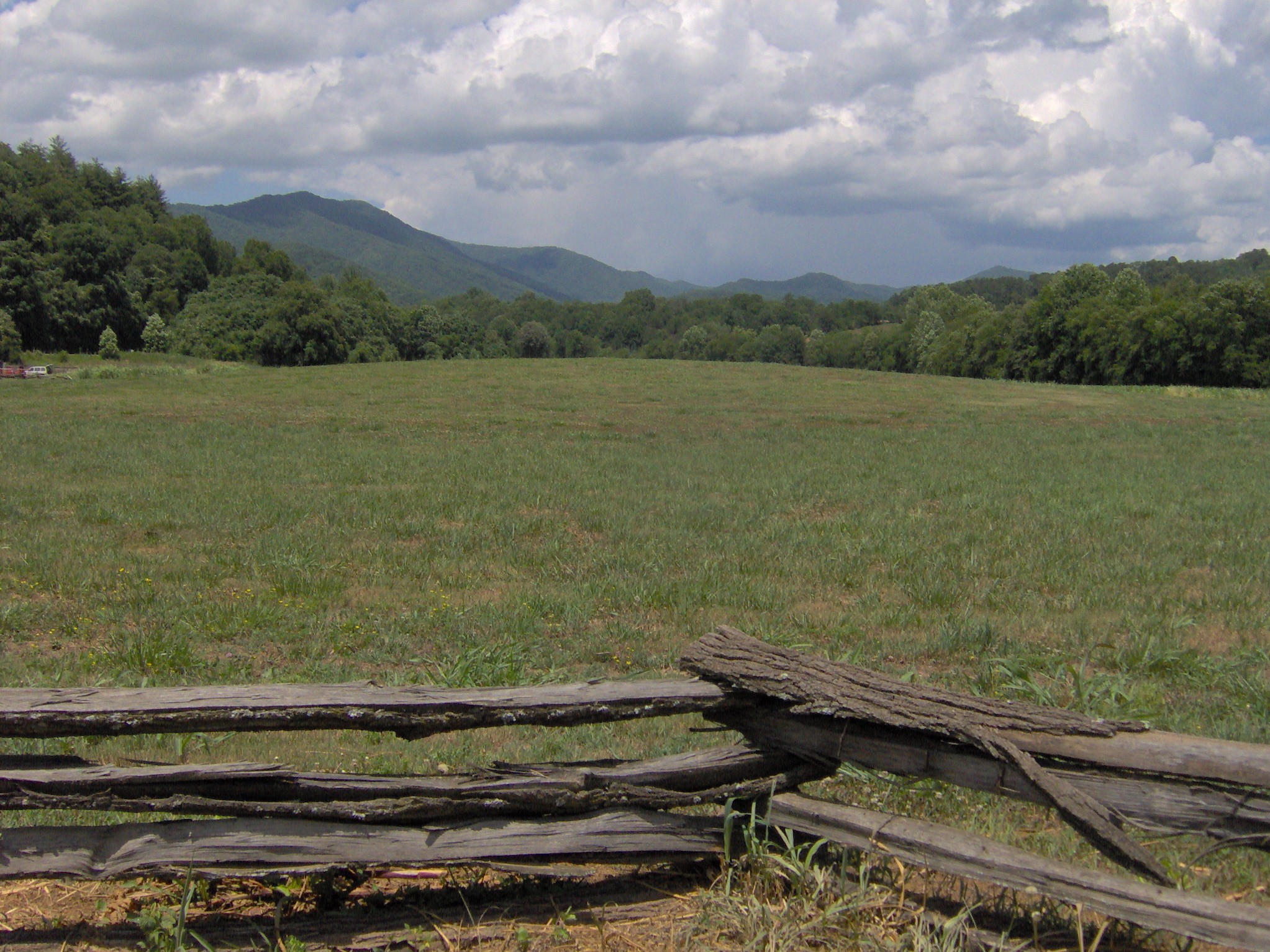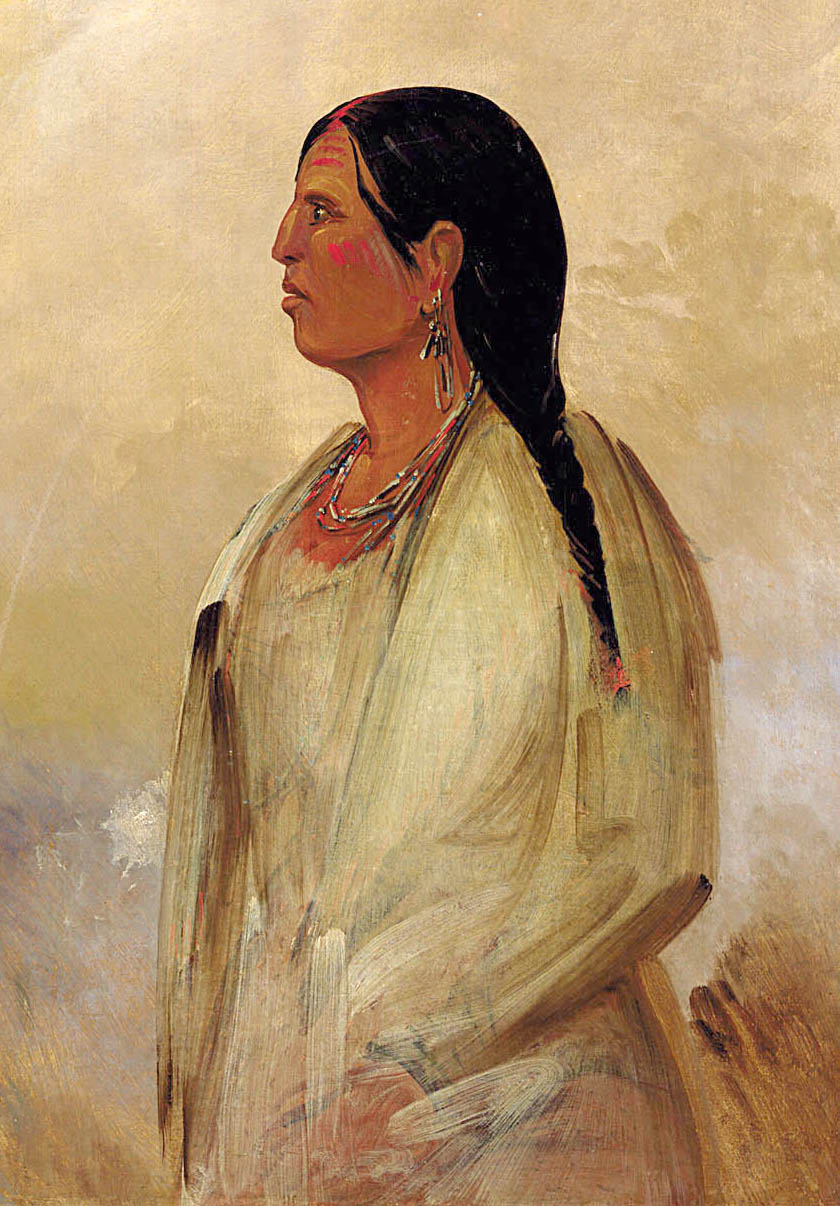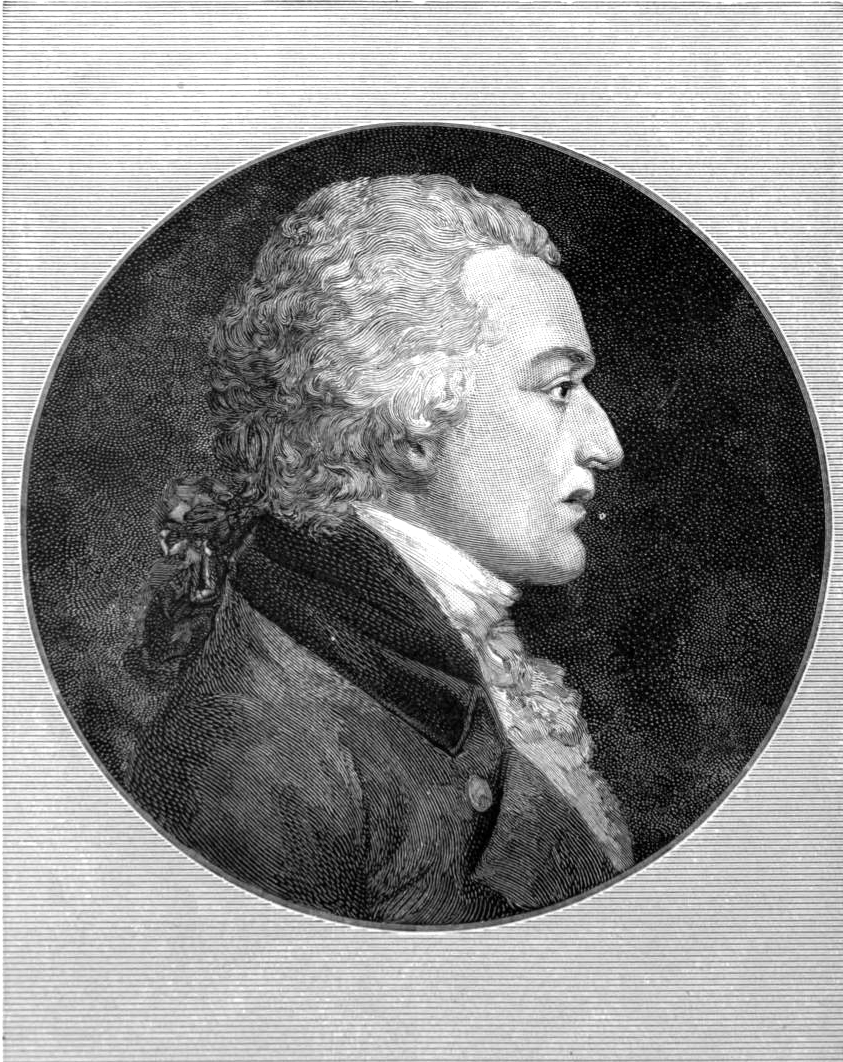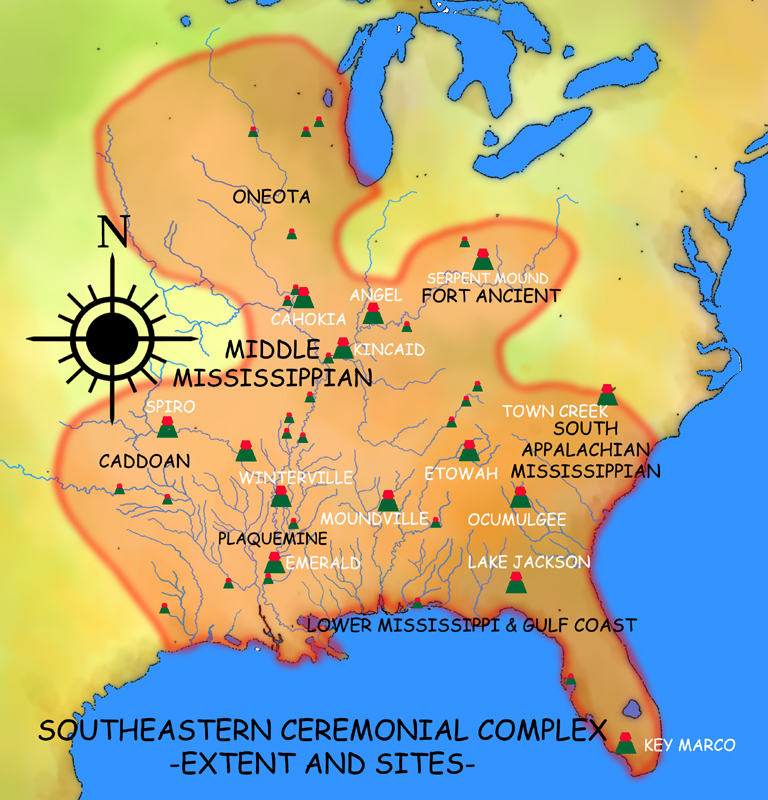|
Cherokee History
Cherokee history is the written and oral lore, traditions, and historical record maintained by the living Cherokee people and their ancestors. In the 21st century, leaders of the Cherokee people define themselves as those persons enrolled in one of the three federally recognized Cherokee tribes: The Eastern Band of Cherokee Indians, The Cherokee Nation, and The United Keetoowah Band of Cherokee Indians. The first live predominantly in North Carolina, the traditional heartland of the people; the latter two tribes are based in what is now Oklahoma, and was Indian Territory when their ancestors were forcibly relocated there from the Southeast. The Cherokee people have extensive written records, including detailed genealogical records, preserved in the Cherokee language, known as the Cherokee syllabary, and in the English language. Origins The Cherokee are members of the Iroquoian language-family of North American indigenous peoples, and are believed to have migrated in ancient ... [...More Info...] [...Related Items...] OR: [Wikipedia] [Google] [Baidu] |
Indigenous Peoples Of The Southeastern Woodlands
Indigenous peoples of the Southeastern Woodlands, Southeastern cultures, or Southeast Indians are an ethnographic classification for Native Americans who have traditionally inhabited the area now part of the Southeastern United States and the northeastern border of Mexico, that share common cultural traits. This classification is a part of the Eastern Woodlands. The concept of a southeastern cultural region was developed by anthropologists, beginning with Otis Mason and Frank Boas in 1887. The boundaries of the region are defined more by shared cultural traits than by geographic distinctions.Jackson and Fogelson 3 Because the cultures gradually instead of abruptly shift into Plains, Prairie, or Northeastern Woodlands cultures, scholars do not always agree on the exact limits of the Southeastern Woodland culture region. Shawnee, Powhatan, Waco, Tawakoni, Tonkawa, Karankawa, Quapaw, and Mosopelea are usually seen as marginally southeastern and their traditional lands repre ... [...More Info...] [...Related Items...] OR: [Wikipedia] [Google] [Baidu] |
Benjamin Smith Barton
Benjamin Smith Barton (February 10, 1766 – December 19, 1815) was an American botanist, naturalist, and physician. He was one of the first professors of natural history in the United States and built the largest collection of botanical specimens in the country. He wrote the first American textbook on botany. Early life Barton's father, Rev. Thomas Barton, was an Irish immigrant from Carrickmacross who opened a school near Norristown, Pennsylvania in 1751. His mother was Esther Rittenhouse, sister of astronomer David Rittenhouse. Between 1780 and 1782, Barton studied at York Academy in Lancaster, Pennsylvania, where he showed an aptitude for drawing and an interest in collecting natural history specimens. Two years later, he attended the College of Philadelphia School of Medicine, studied medicine under Thomas Shippen, and attended Benjamin Rush's lectures in 1785. Young Barton also accompanied his uncle, David Rittenhouse, who had been commissioned to survey the western bo ... [...More Info...] [...Related Items...] OR: [Wikipedia] [Google] [Baidu] |
Moon-eyed People
The moon-eyed people are a legendary group of short, bearded white-skinned people who are said to have lived in Appalachia until the Cherokee expelled them. Stories about them, attributed to Cherokee tradition, are mentioned by early European settlers in America. In a 1797 book, Benjamin Smith Barton explains they are called "moon-eyed" because they saw poorly during the day. Some stories claim they created the area's pre-Columbian ruins, and they disappeared from the area. Barton cited as his source a conversation with Colonel Leonard Marbury (c. 1749 – 1796), an early settler of Georgia. Marbury, a Revolutionary War officer and a Congressman in the Second Provincial Congress of Georgia (1775), acted as intermediary between Native American Indians in the state of Georgia and the United States government. Description Published accounts of an ancient moon-eyed people who lived in the southern Appalachian region of the United States before the Cherokee came into the area have ... [...More Info...] [...Related Items...] OR: [Wikipedia] [Google] [Baidu] |
Siouan Languages
Siouan or Siouan–Catawban is a language family of North America that is located primarily in the Great Plains, Ohio and Mississippi valleys and southeastern North America with a few other languages in the east. Name Authors who call the entire family ''Siouan'' distinguish the two branches as '' Western Siouan'' and '' Eastern Siouan'' or as ''Siouan-proper'' and ''Catawban''. Others restrict the name "Siouan" to the western branch and use the name ''Siouan–Catawban'' for the entire family. Generally, however, the name "Siouan" is used without distinction. Family division Siouan languages can be grouped into the Western Siouan languages and Catawban languages. The Western Siouan languages can be divided into Missouri River languages (such as Crow and Hidatsa), Mandan, Mississippi River languages (such as Dakotan, Chiwere- Winnebago, and Dhegihan languages), and Ohio Valley Siouan branches. The Catawban languages consist only of Catawban and Woccon. Proto-Siouan Prev ... [...More Info...] [...Related Items...] OR: [Wikipedia] [Google] [Baidu] |
Great Appalachian Valley
The Great Appalachian Valley, also called The Great Valley or Great Valley Region, is one of the major landform features of eastern North America. It is a gigantic trough—a chain of valley lowlands—and the central feature of the Appalachian Mountains system. The trough stretches about from Quebec in the north to Alabama in the south and has been an important north–south route of travel since prehistoric times. Geography Broadly defined, the Great Valley marks the eastern edge of the Ridge and Valley physiographic province. There are many regional names of the Great Valley, such as the Shenandoah Valley. From a large perspective the Great Valley can be divided into a ''northern section'' and a ''southern section''. Northern section In its ''northern section'', the Great Valley includes the Champlain Valley around Lake Champlain and the upper Richelieu River that drains it into the Saint Lawrence; the Hudson River Valley, Newburgh Valley, and Wallkill Valley; and the ... [...More Info...] [...Related Items...] OR: [Wikipedia] [Google] [Baidu] |
Hernando De Soto
Hernando de Soto (; ; 1500 – 21 May, 1542) was a Spanish explorer and ''conquistador'' who was involved in expeditions in Nicaragua and the Yucatan Peninsula. He played an important role in Francisco Pizarro's conquest of the Inca Empire in Peru, but is best known for leading the first European expedition deep into the territory of the modern-day United States (through Florida, Georgia, Alabama, Mississippi, and most likely Arkansas). He is the first European documented as having crossed the Mississippi River. De Soto's North American expedition was a vast undertaking. It ranged throughout what is now the southeastern United States, both searching for gold, which had been reported by various Native American tribes and earlier coastal explorers, and for a passage to China or the Pacific coast. De Soto died in 1542 on the banks of the Mississippi River; different sources disagree on the exact location, whether it was what is now Lake Village, Arkansas, or Ferriday, Louisi ... [...More Info...] [...Related Items...] OR: [Wikipedia] [Google] [Baidu] |
Seminole
The Seminole are a Native American people who developed in Florida in the 18th century. Today, they live in Oklahoma and Florida, and comprise three federally recognized tribes: the Seminole Nation of Oklahoma, the Seminole Tribe of Florida, and the Miccosukee Tribe of Indians of Florida, as well as independent groups. The Seminole people emerged in a process of ethnogenesis from various Native American groups who settled in Spanish Florida beginning in the early 1700s, most significantly northern Muscogee Creeks from what is now Georgia and Alabama. The word "Seminole" is derived from the Muscogee word ''simanó-li''. This may have been adapted from the Spanish word ''cimarrón'', meaning "runaway" or "wild one". Seminole culture is largely derived from that of the Creek; the most important ceremony is the Green Corn Dance; other notable traditions include use of the black drink and ritual tobacco. As the Seminole adapted to Florida environs, they developed local tradi ... [...More Info...] [...Related Items...] OR: [Wikipedia] [Google] [Baidu] |
Choctaw
The Choctaw (in the Choctaw language, Chahta) are a Native American people originally based in the Southeastern Woodlands, in what is now Alabama and Mississippi. Their Choctaw language is a Western Muskogean language. Today, Choctaw people are enrolled in three federally recognized tribes: the Choctaw Nation of Oklahoma, Mississippi Band of Choctaw Indians, and Jena Band of Choctaw Indians in Louisiana. The Choctaw were first noted by Europeans in French written records of 1675. Their mother mound is Nanih Waiya, a great earthwork platform mound located in central-east Mississippi. Early Spanish explorers of the mid-16th century in the Southeast encountered ancestral Mississippian culture villages and chiefs. The Choctaw coalesced as a people in the 17th century and developed at least three distinct political and geographical divisions: eastern, western, and southern. These different groups sometimes created distinct, independent alliances with nearby European powers. These i ... [...More Info...] [...Related Items...] OR: [Wikipedia] [Google] [Baidu] |
Green Corn Ceremony
The Green Corn Ceremony (Busk) is an annual ceremony practiced among various Native American peoples associated with the beginning of the yearly corn harvest. Busk is a term given to the ceremony by white traders, the word being a corruption of the Creek word ''puskita (pusketv)'' for "a fast". These ceremonies have been documented ethnographically throughout the North American Eastern Woodlands and Southeastern tribes. Historically, it involved a first fruits rite in which the community would sacrifice the first of the green corn to ensure the rest of the crop would be successful. These Green Corn festivals were practiced widely throughout southern North America by many tribes evidenced in the Mississippian people and throughout the Mississippian Ideological Interaction Sphere. Green Corn festivals are still held today by many different Southeastern Woodland tribes. The Green Corn Ceremony typically occurs in late July–August, determined locally by the ripening of the corn c ... [...More Info...] [...Related Items...] OR: [Wikipedia] [Google] [Baidu] |
Southeastern Ceremonial Complex
The Southeastern Ceremonial Complex (formerly the Southern Cult), aka S.E.C.C., is the name given to the regional stylistic similarity of artifacts, iconography, ceremonies, and mythology of the Mississippian culture. It coincided with their adoption of maize agriculture and chiefdom-level complex social organization from 1200 to 1650 CE. Due to some similarities between S.E.C.C. and contemporary Mesoamerican cultures (i.e., artwork with similar aesthetics or motifs; maize-based agriculture; and the development of sophisticated cities with large pyramidal structures), scholars from the late 1800s to mid-1900s suspected there was a connection between the two locations. But, later research indicates the two cultures have no direct links and that their civilizations developed independently. Obsolete names for this ceremonial complex, found in some anthropological sources, include Buzzard Cult and Southern Death Cult. Theories and names The complex operated as an exchange network. ... [...More Info...] [...Related Items...] OR: [Wikipedia] [Google] [Baidu] |




.jpg)


